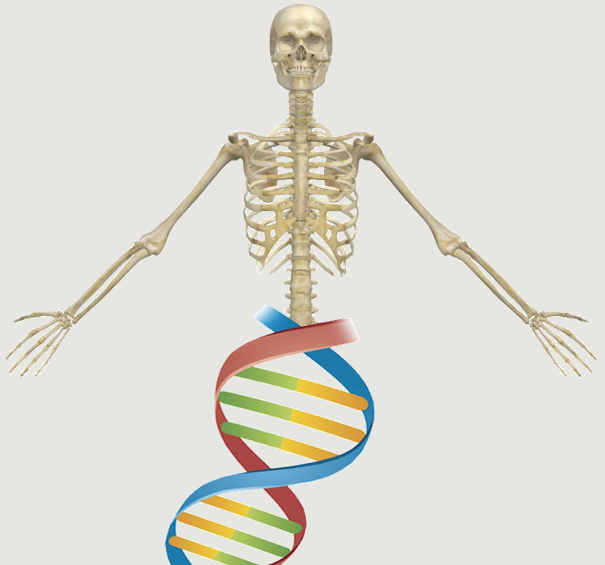Abstract:
The BMP2-dependent onset of osteo/chondrogenic differentiation in the acknowledged pluripotent murine mesenchymal stem cell line (C3H10T1/2) is accompanied by the immediate upregulation of Fibroblast Growth Factor Receptor 3 (FGFR3) and a delayed response by FGFR2. Forced expression of FGFR3 in C3H10T1/2 is sufficient for chondrogenic differentiation, indicating an important role for FGF-signaling during the manifestation of the chondrogenic lineage in this cell line. Screening for transcription factors exhibiting a chondrogenic capacity in C3H10T1/2 identified that the T-box containing transcription factor Brachyury is upregulated by FGFR3-mediated signaling. Forced expression of Brachyury in C3H10T1/2 was sufficient for differentiation into the chondrogenic lineage in vitro and in vivo after transplantation into muscle. A dominant-negative variant of Brachyury, consisting of its DNA-binding domain (T-box), interferes with BMP2-mediated cartilage formation. These studies indicate that BMP-initiated FGF-signaling induces a novel type of transcription factor for the onset of chondrogenesis in a mesenchymal stem cell line. A potential role for this T-box factor in skeletogenesis is further delineated from its expression profile in various skeletal elements such as intervertebral disks and the limb bud at late stages (18.5 d.p.c.) of murine embryonic development.
Notes:
Hoffmann, Andrea Czichos, Stefan Kaps, Christian Bachner, Dietmar Mayer, Hubert Kurkalli, Basan Gowda Zilberman, Yoram Turgeman, Gadi Pelled, Gadi Gross, Gerhard Gazit, Dan eng England 2002/02/28 10:00 J Cell Sci. 2002 Feb 15;115(Pt 4):769-81.
Website

